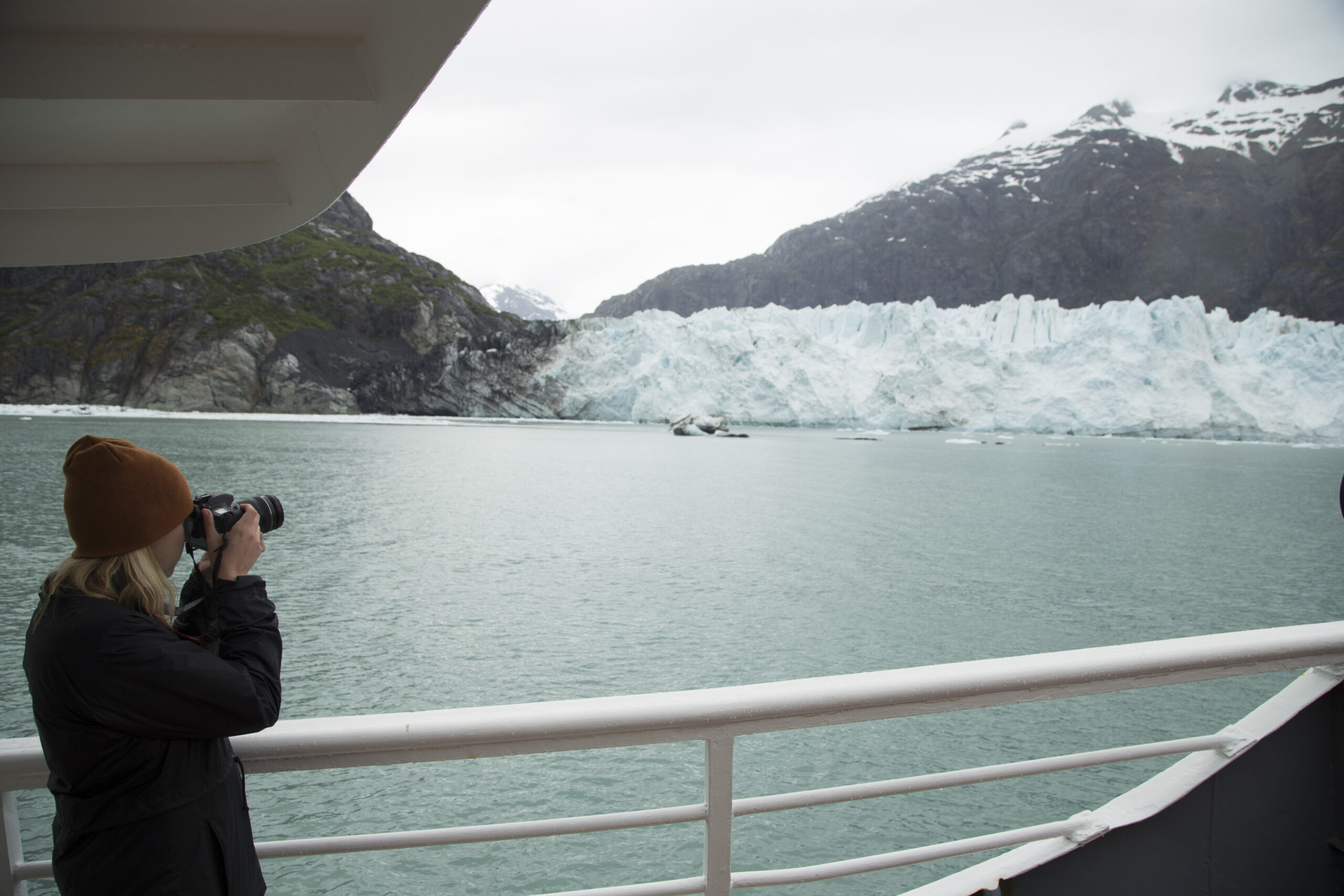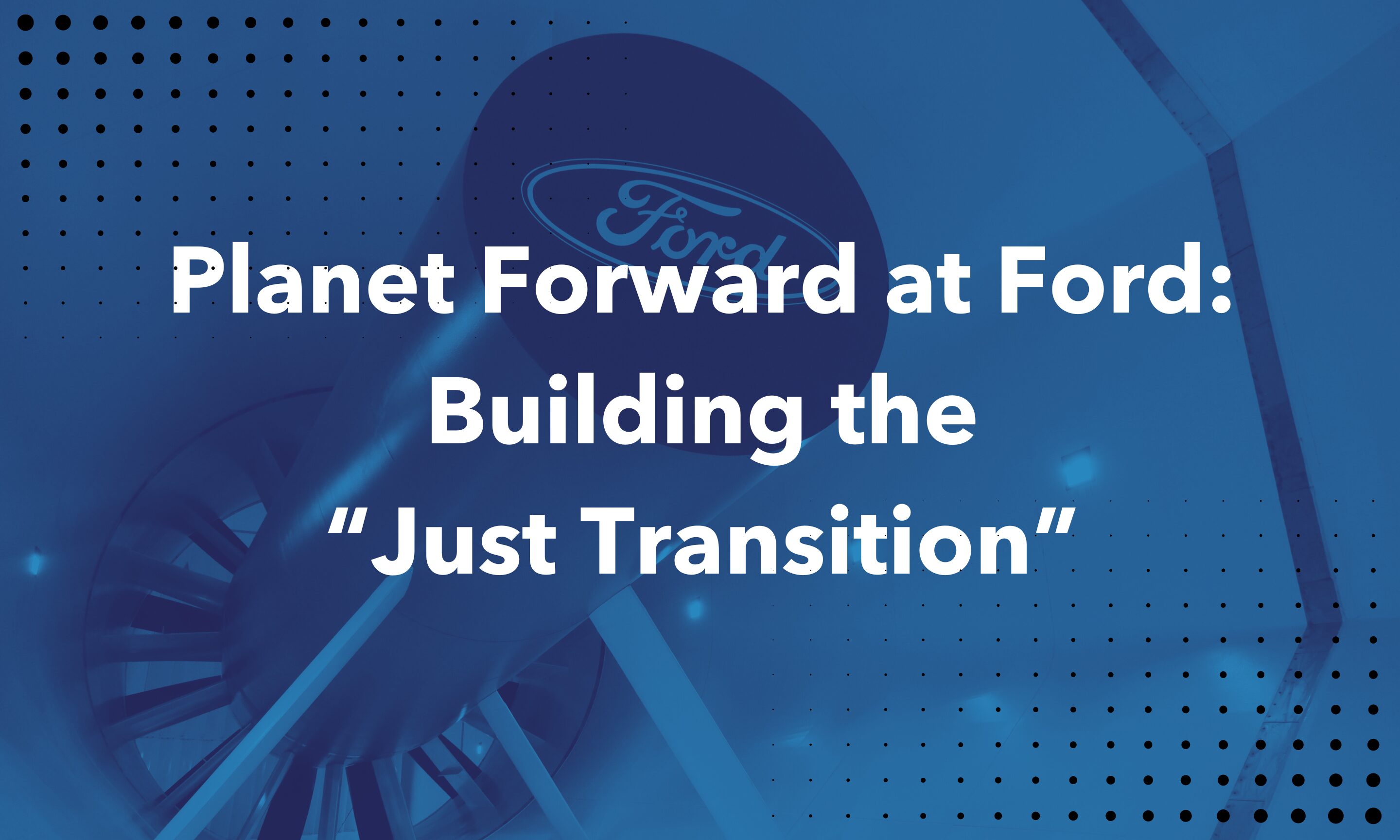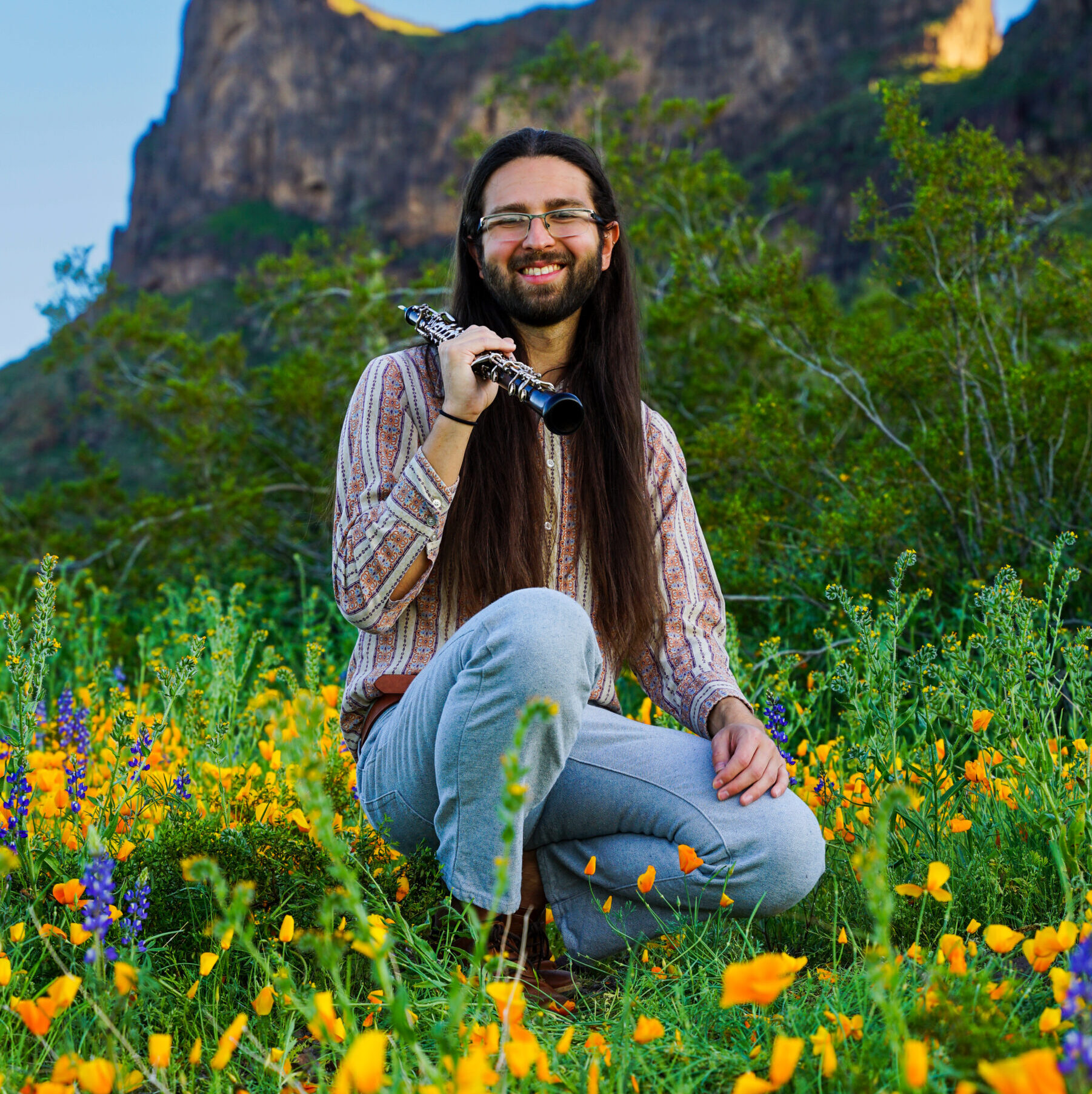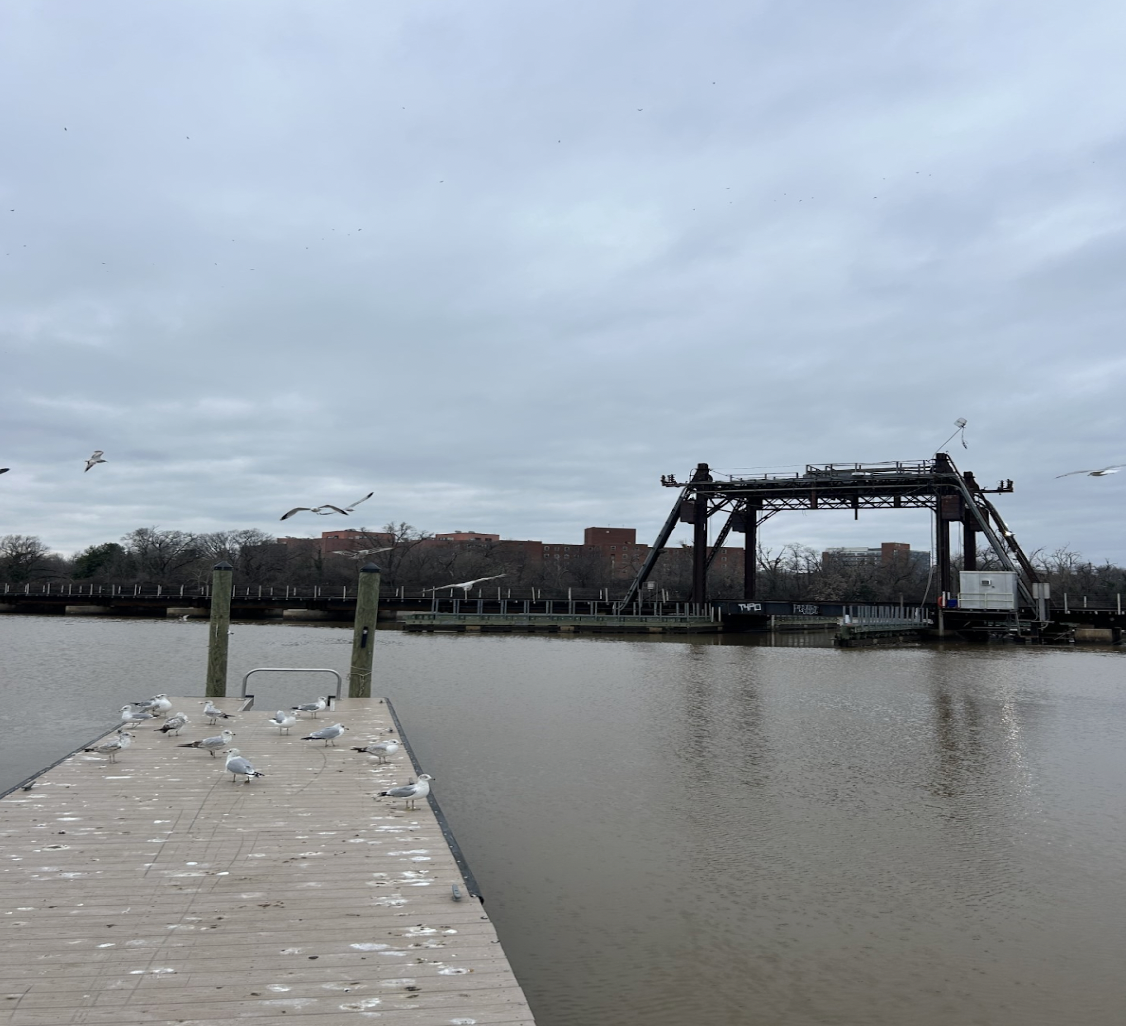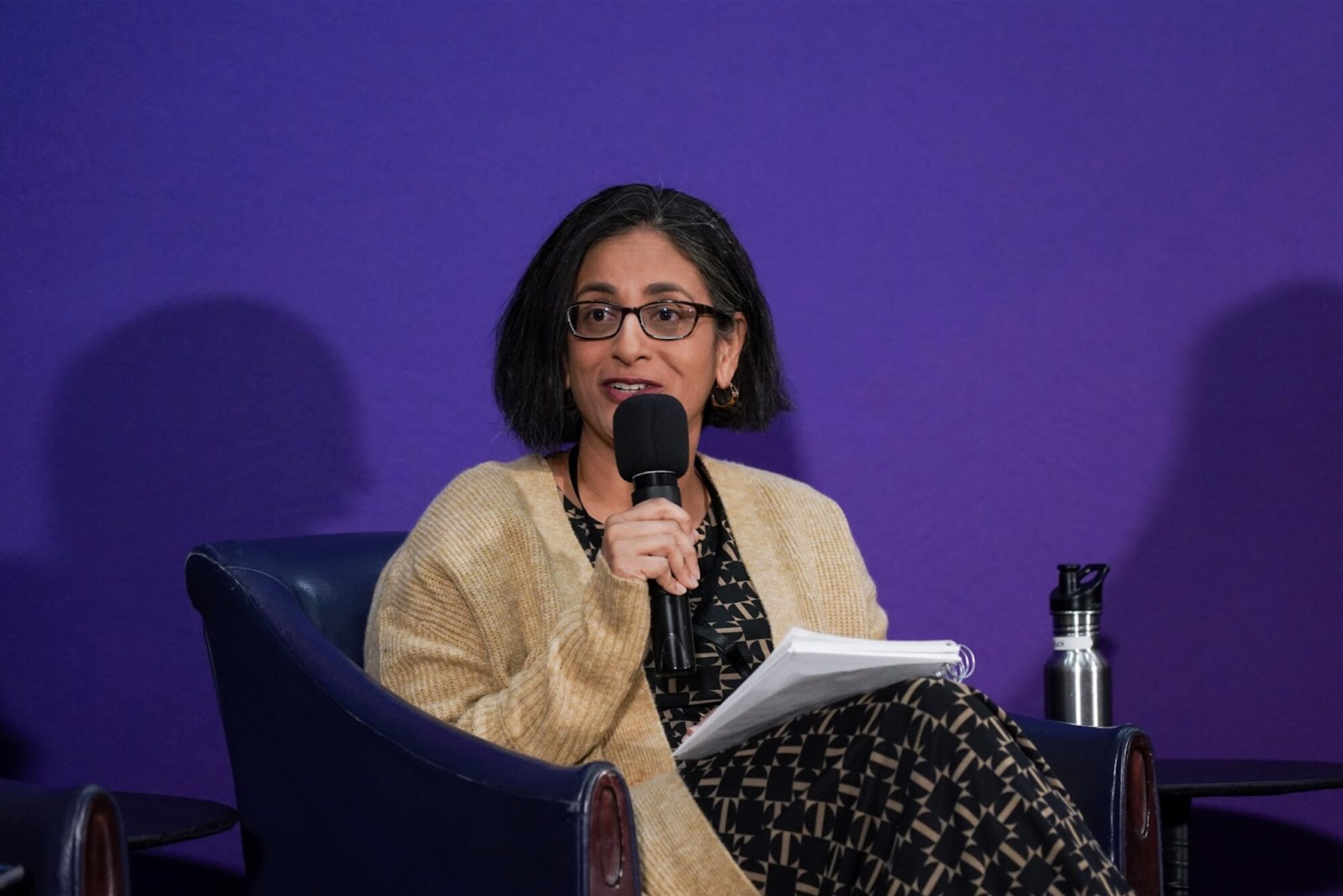Jacqueline Arias, Chris Zatarain
Rays of Resilience: Imagining climate futures through artistic multimedia
What stories might be told in a climate-changed future? How might the lives of future generations be shaped by decisions we make now and in our lifetimes? These are questions my collaborator, Jacqueline Arias, and I began to ask when creating the multimodal piece Rays of Resilience: a Vision of the Future, thinking about how our different strengths as artists might help us to imagine the future of the place we call home.
Tucson, Arizona is a city located in the Sonoran Desert in the American Southwest that to this day faces a number of environmental challenges including threats of extreme heat and aridity, water scarcity, wildfire, landscape degradation, and loss of biodiversity. With the climate science showing humanity’s steady approach towards several dangerous tipping points in the coming decades, how might the lives of people living in the Old Pueblo be transformed? How might we be resilient in the face of inevitable change?
The images created by Jacqueline Arias use lumenography, an alternative photographic practice in which organic materials are placed on photographic paper and transfer the image through passive exposure to solar light. Still landscape photographs provided by Zack Lischter-Katz, featuring Tucson’s iconic giant saguaros.

A description of the piece
Rays of Resilience is an audio-visual artwork featuring narration and visuals designed and arranged by Jacqueline Arias, an MFA student at the University of Arizona School of Art, as well as text, music, and sound design by myself. Through the piece the audience is introduced to three characters living in a not-so-distant (but undefined) future.
The first character is a mother living in the heart of Tucson with her child, illustrating aspects of community resilience, ancestral knowledge, food sovereignty, and hope for the future. The second story features an individual experiencing loss, expressed through stories and memories from a different landscape, personifying the loss of the world we know and love. The final story follows an energy industry worker reflecting on an immense tragedy that, having been completely avoidable, serves as a wake up call that catalyzes critical change.

The piece is not, of course, a prediction of the future. It is an exercise — a meditation in imagining futures that allows us to search for and experience common values, visions, dreams, and fears.
The visual elements of the piece consist of lumens and still photographs. Lumens are prints produced by layering organic and transparent materials on expired photographic paper and placing them in sunlight. The somewhat abstract but familiar and emotive qualities of lumen prints, as well as the ability to incorporate both materials from our own environment, and the use of passive solar energy spoke to us as the best Artist Jacqueline Arias working on troubleshooting video before exhibition visual medium to use in this piece. Still film photographs provided by Zach Lischer-Katz lend a visual counterpoint primarily in the second story.
Rays of Resilience was exhibited as an installation piece closing out the University of Arizona Center for Creative Photography’s Studio CCP Program in the fall of 2023. In February 2024 the piece was shown at the Perspectives on Resilience event put on by the Arizona Institute of Resilience, having been invited to include more arts-based voices in the conversation regarding climate change resilience.
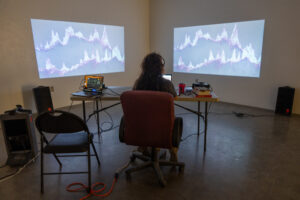
We are immensely grateful for the opportunity to explore our senses of home as well as our imaginings of the future, and to have the opportunity to share them with you through narrative, music, art, and sound.


